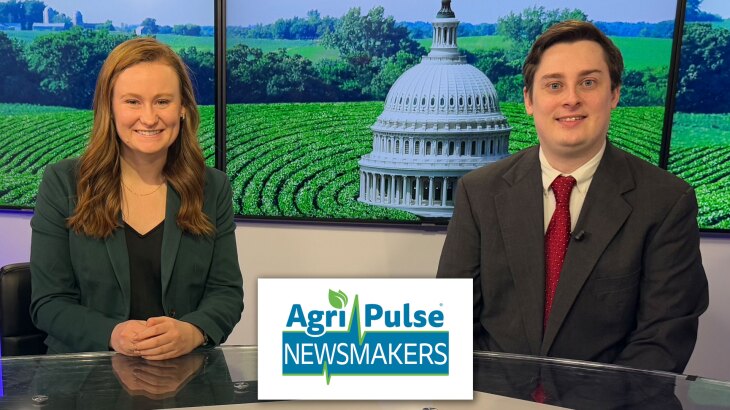Wisconsin is considered “America’s Dairyland,” so it’s only fitting that the dairy science program at the University of Wisconsin continues to flourish. Holstein Association USA shares the innovation happening on campus.
“When I came into our department in 1998, we had 12-13 faculty members, which is a lot for a dairy program. Today, we actually have just short of 20,” said Professor Ted Halbach from the University of Wisconsin Madison’s Animal and Dairy Sciences.
That is something you rarely hear from universities these days. Yet, Halback says there’s a program increase at three UW locations.
How did it happen? The Wisconsin legislature recognized how important the dairy industry is to the state, and provided $7.8 million annually in critical funding for a dairy innovation hub to support dairy research and new personnel teaching.
Having greater access to faculty members is an incredible opportunity for dairy industry students —and the benefits go far beyond classroom learning.
“The other opportunity is to do applied research because under the dairy innovation hub, there are these four critical silos of work,” Holback said. “One of them is animal health and welfare.”
That speaks directly to the university’s animal and dairy sciences programs. The other three silos are land and water, farm business and community, and human health and nutrition. Halbach claims 100-percent placement for dairy program graduates in good paying jobs — many of whom are trained in other specialty areas.
All of the university’s commercial dairy research facilities have only registered Holstein cows in the herd. That’s not by accident.
“The reason for that is, right now, the research that we’re doing really requires Holsteins that are able to produce at the like-levels of high commercial producing cows,” Holbach said. “So, for our research to be valid, it really needs to be on the kind of cattle that are in the top herds across the country.”
That’s great news for future generations of dairy professionals – and U.S.-registered Holsteins.
Milk production for the state of Wisconsin totaled 31.9 billion pounds in 2022.














